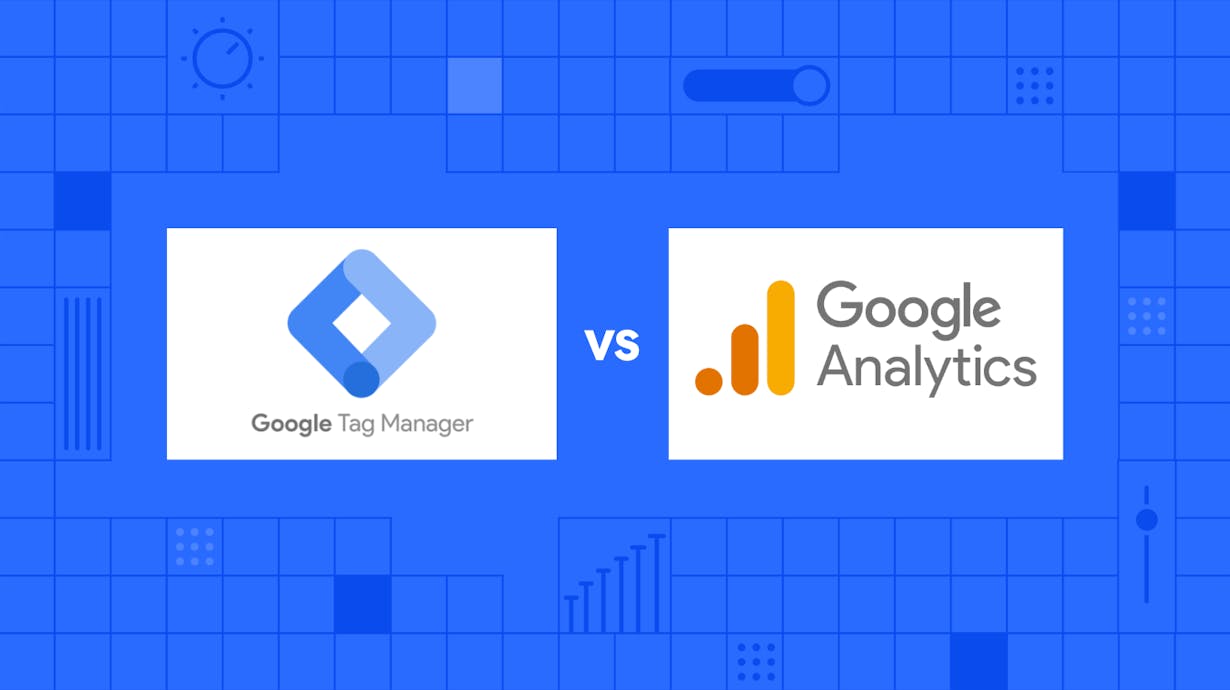Explained: What Is Not Considered a Source in Google Analytics by Default
Explained: What Is Not Considered a Source in Google Analytics by Default
Blog Article
Using the Complete Possible of Google Analytics for Business Growth
In the realm of electronic service techniques, Google Analytics stands as a stalwart device for organizations looking for to navigate the intricacies of on the internet information. As services strive to make educated decisions and enhance their online presence, the inquiry occurs: Just how can one really open the full capacity of Google Analytics to propel organization growth and accomplish strategic goals?
Setting up Google Analytics Account
Establishing your Google Analytics account is an important first step in successfully tracking and assessing data for your service growth. To begin, check out the Google Analytics website and check in with your Google account. Next off, click "Start free of cost" and adhere to the prompts to set up your account by giving information regarding your web site, such as the name, LINK, industry category, and reporting time zone.
After finishing these actions, you will certainly receive a tracking ID, which is a special code that you require to include in your website. This code allows Google Analytics to collect data and produce records based upon the task taking place on your website. If you are utilizing a system like WordPress., you can include this monitoring ID by hand to your web site's HTML code or make use of a plugin.

Comprehending Secret Metrics

Website Traffic Resources: Understanding where your site web traffic is originating from (straight, natural search, social media, referrals) helps in tailoring your advertising methods to concentrate on networks that drive one of the most site visitors.
Bounce Price: This statistics shows the percentage of visitors who navigate away from your site after viewing just one page - What Is Not Considered A Source In Google Analytics By Default. A high bounce rate may signal issues with site usability or content relevance
Conversion Rate: Tracking the percentage of visitors that finish a wanted activity, such as making an acquisition or authorizing up for a newsletter, is important for examining the efficiency of your web site in accomplishing company goals.
Pageviews: Keeping track of the number of times each web page on your website is checked out offers understandings right into preferred web content and individual interaction levels.
Implementing Custom Monitoring
To improve the depth of insights collected from Google Analytics, services can benefit significantly by including personalized tracking methods customized to their certain objectives. Custom monitoring enables businesses to track one-of-a-kind data points that are not recorded by default in Google Analytics. By executing custom monitoring, companies can get a more thorough understanding of individual actions, conversion patterns, and various other key metrics that are critical for making notified business choices.
One common approach of customized monitoring is setting up occasion tracking to keep an eye on specific individual interactions on a web site, such as clicks on buttons, video clip views, or downloads. This makes it possible for businesses to review the effectiveness of their web site elements and advertising projects much more specifically.
Additionally, services can develop customized measurements and metrics to track and assess data that specifies to their sector or company design. As an example, an e-commerce business might establish customized monitoring to check the performance of different product classifications or consumer sectors.
Evaluating Conversion Paths
By leveraging the insights got from personalized monitoring approaches, businesses can now focus on evaluating conversion useful source paths to further refine their understanding of user behavior and maximize their conversion methods. Assessing conversion courses entails analyzing the sequence of actions customers take previously finishing a wanted activity, such as making an acquisition or authorizing up for a service. By delving into the conversion paths within Google Analytics, businesses can identify common courses that bring about conversions, along with any kind of traffic jams or drop-off points that may hinder the conversion procedure.
Via the evaluation of conversion courses, organizations can gain useful understandings into the effectiveness of their website format, web content, and contacts us to action. This information can aid services make notified decisions concerning where to designate resources for maximum effect on conversion prices. By understanding the numerous courses users tackle their trip to conversion, companies can tailor their advertising and marketing methods to better overview individuals with the conversion channel and eventually improve their total conversion rates.
Making Use Of Advanced Functions
Utilize the complete potential of Google Analytics by exploring its innovative features to boost your organization's data-driven decision-making capabilities. Custom-made records allow you to tailor the information presented to meet your certain organization needs and goals.

In addition, advanced division allows you evaluate various subsets of your website's website traffic to determine patterns, opportunities, and patterns. By segmenting your audience based upon different standards like demographics, habits, or website traffic sources, you can much better comprehend their choices and tailor your advertising and marketing techniques accordingly. Leveraging these sophisticated attributes in Google Analytics can offer valuable insights that drive view it educated decision-making and ultimately add to your business's growth.
Verdict
In final thought, using the full capacity of Google Analytics for organization growth entails establishing an account, comprehending vital metrics, implementing custom-made monitoring, evaluating conversion courses, and making use of advanced functions. By making use of these strategies efficiently, services can obtain important understandings right into their internet site performance, individual habits, and conversion prices. This data-driven strategy can help companies make notified choices, maximize their on-line existence, and ultimately accomplish lasting development.
As businesses strive to make informed decisions and enhance their description on the internet existence, the inquiry emerges: Just how can one absolutely unlock the full potential of Google Analytics to move company growth and accomplish calculated goals?To improve the deepness of insights gathered from Google Analytics, companies can benefit considerably by integrating customized tracking methods tailored to their certain objectives. Customized tracking permits organizations to track one-of-a-kind information factors that are not caught by default in Google Analytics. By delving right into the conversion courses within Google Analytics, services can determine common routes that lead to conversions, as well as any kind of traffic jams or drop-off points that may prevent the conversion procedure.
In final thought, utilizing the full possibility of Google Analytics for service growth involves establishing up an account, comprehending key metrics, implementing personalized monitoring, evaluating conversion paths, and making use of sophisticated features.
Report this page